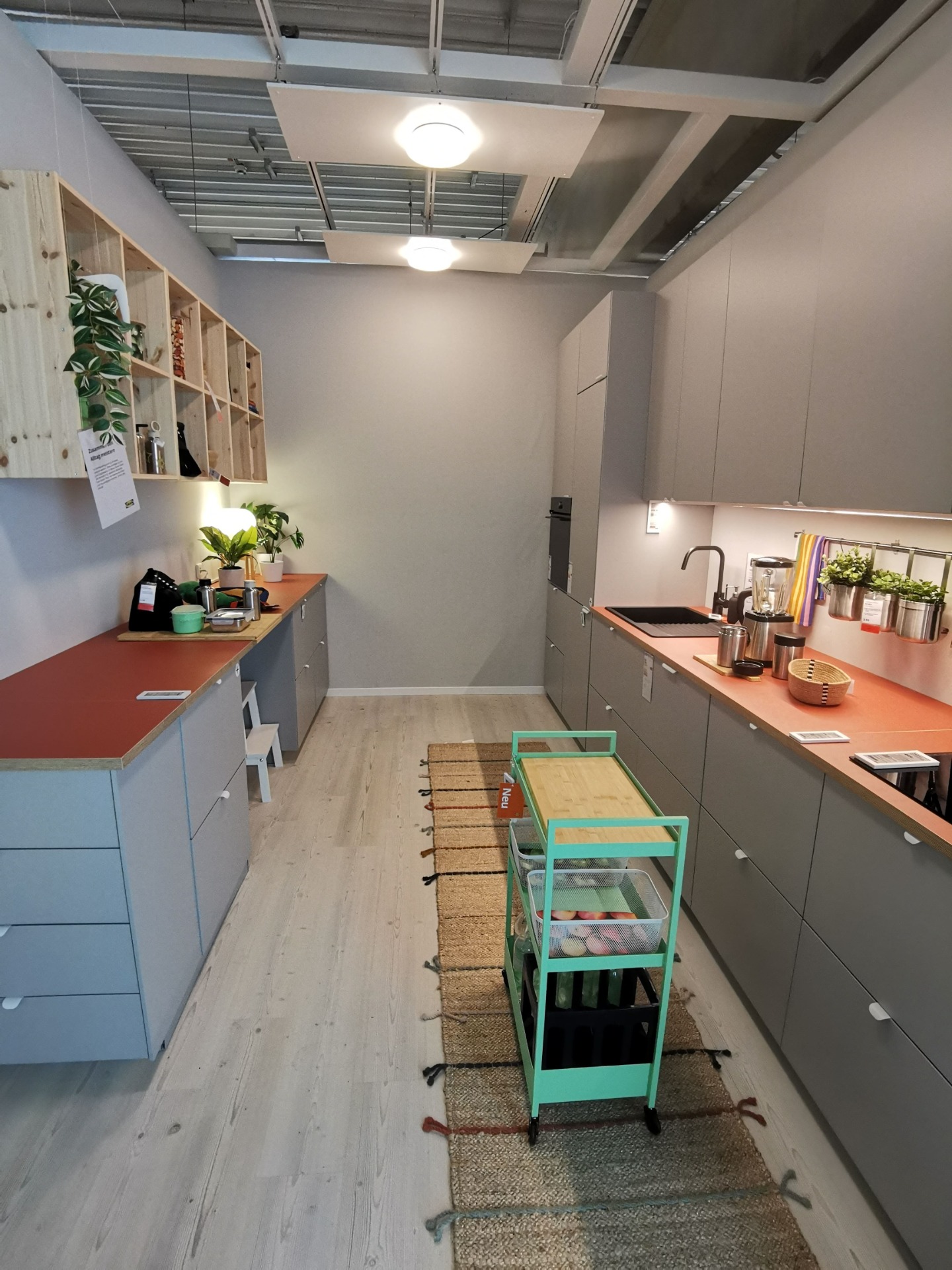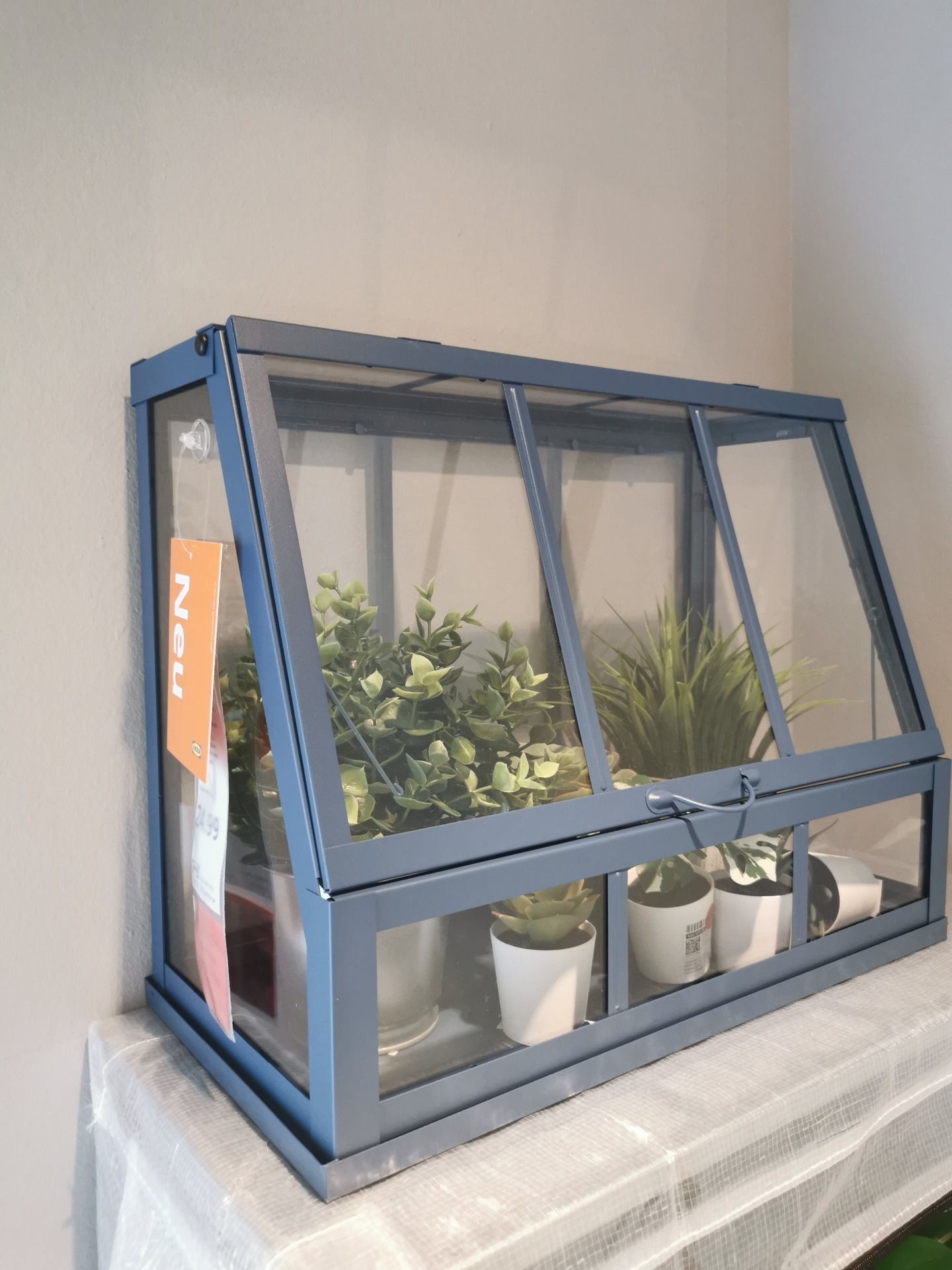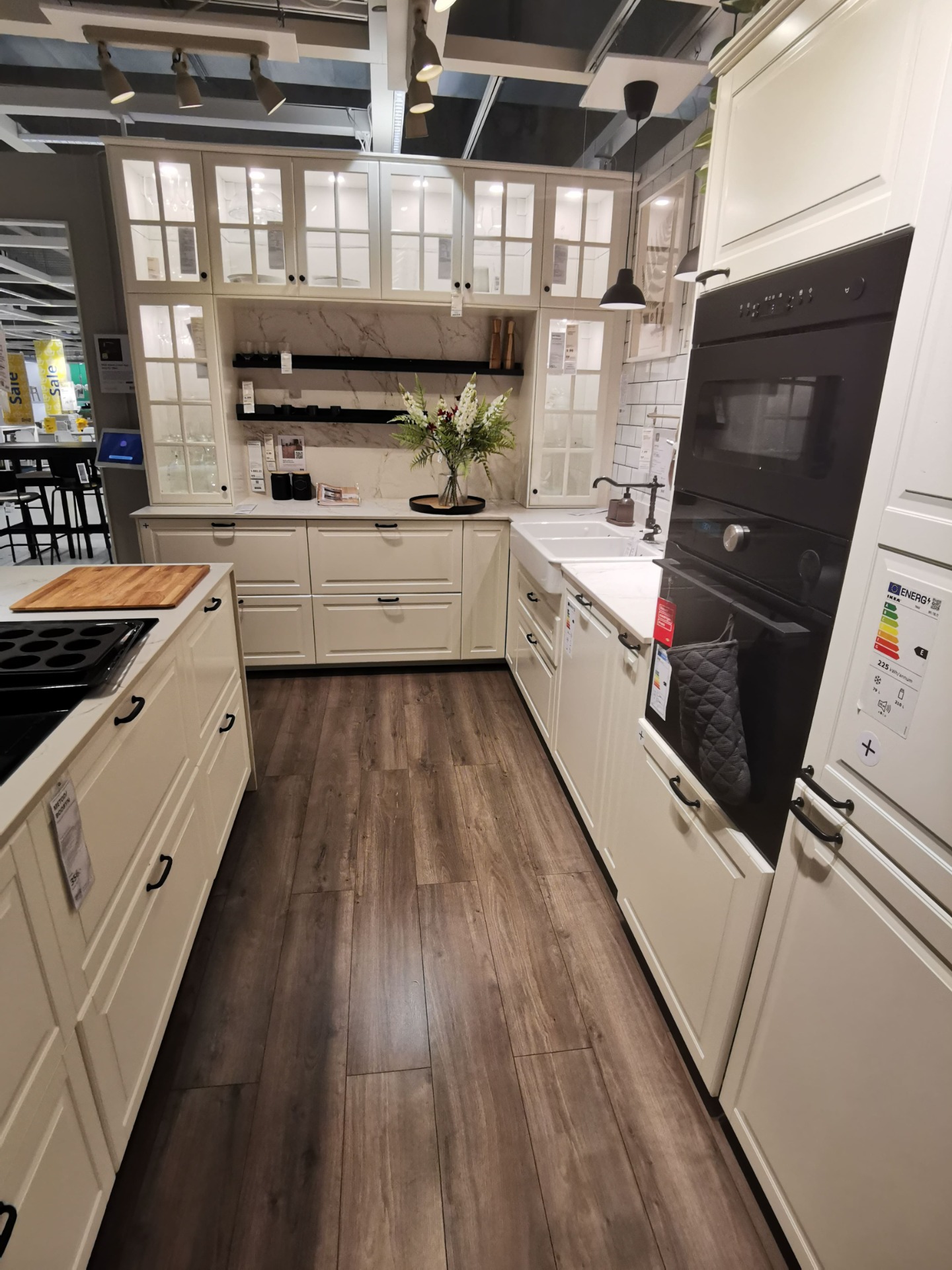The VOXTORP dark gray kitchen from IKEA is the perfect choice for those who love modern, minimalist design. With its sleek, handle-free fronts and matte finish, it creates a clean and sophisticated look that suits both contemporary and industrial-style homes. The deep gray tone adds a sense of elegance while remaining neutral enough to complement a...
How Much Paint Do I Need? Try This Easy Paint Calculator

Planning to repaint your home? One of the most common questions people ask before picking up a brush is: "How much paint do I need?" Whether you're tackling a small bathroom or giving your entire living room a fresh coat, estimating the right amount of paint is key to saving time, money, and avoiding extra trips to the store.

Below, you'll find a simple and powerful paint calculator that helps you estimate your paint needs with ease. Just enter your wall dimensions, and you'll get a close approximation instantly.
💡 Note: The results may include primer in addition to paint. This depends on your input, such as whether you're painting over dark colors, new drywall, or glossy surfaces.

🎯 Why Estimating Paint Correctly Matters
Underestimating your paint needs can delay your project, while overestimating may lead to wasted money. But here's the catch: paint coverage varies. Most paints cover about 350–400 square feet per gallon, but it depends on:
-
Surface texture (rough surfaces absorb more paint)
-
Number of coats
-
Paint brand and quality
-
Primer usage
-
Color transitions (light over dark may need more)
So while this calculator gives you a solid estimate, remember that painting is part science, part art.
🧱 Why the Calculator May Show Primer
You might notice the calculator suggesting something like:
-
1 gallon of paint
-
2 gallons of primer
This can be surprising—but it's not necessarily wrong. Here's why it happens:
It Depends on Your InputsThe calculator adjusts its recommendation based on what you enter. For example:
-
Painting over dark colors with light paint? It'll recommend more primer.
-
Using new drywall or rough surfaces? You'll need primer to seal it.
-
Selecting only some walls for paint? The paint amount decreases, but primer may still be recommended for all surfaces.
Painting over dark colors with light paint? It'll recommend more primer.
Using new drywall or rough surfaces? You'll need primer to seal it.
Selecting only some walls for paint? The paint amount decreases, but primer may still be recommended for all surfaces.
Real-World ComparisonIn many real-world situations:
-
2 gallons of paint is enough for a 300–400 sq ft living room
-
Primer is optional, especially if the walls are already painted in a similar tone and in good condition
So always take the results as a helpful guide, not an absolute rule. Adjust based on your specific project, surface conditions, and paint type.
2 gallons of paint is enough for a 300–400 sq ft living room
Primer is optional, especially if the walls are already painted in a similar tone and in good condition

🏠 How Much Paint for Each Room? A Quick Guide
Here's a general breakdown for common spaces in a house:
Living Room
-
Average size: 300–400 sq ft
-
Estimated paint: 2–3 gallons
Average size: 300–400 sq ft
Estimated paint: 2–3 gallons
Bedroom
-
Average size: 200–300 sq ft
-
Estimated paint: 1.5–2 gallons
Average size: 200–300 sq ft
Estimated paint: 1.5–2 gallons
Kitchen
-
Average size: 150–250 sq ft
-
Estimated paint: 1–2 gallons (less wall area due to cabinets/appliances)
Average size: 150–250 sq ft
Estimated paint: 1–2 gallons (less wall area due to cabinets/appliances)
Bathroom
-
Average size: 50–100 sq ft
-
Estimated paint: 1 gallon or less
Average size: 50–100 sq ft
Estimated paint: 1 gallon or less
Hallway or Entryway
-
Average size: Varies
-
Estimated paint: 1–2 gallons
Average size: Varies
Estimated paint: 1–2 gallons
Dining Room
-
Average size: 200–250 sq ft
-
Estimated paint: 1.5–2 gallons
Average size: 200–250 sq ft
Estimated paint: 1.5–2 gallons
Home Office
-
Average size: 100–150 sq ft
-
Estimated paint: 1–1.5 gallons
Average size: 100–150 sq ft
Estimated paint: 1–1.5 gallons
Ceiling or Trim Only
-
These usually need separate paint types and less quantity. One gallon often covers all trim in a small-to-medium room.
These usually need separate paint types and less quantity. One gallon often covers all trim in a small-to-medium room.
🧱 Tips for More Accurate Estimates
-
Always measure twice before buying.
-
Don't forget to subtract windows and doors from wall area.
-
Factor in two coats if you're changing color drastically.
-
Use primer for better coverage and fewer coats.
Always measure twice before buying.
Don't forget to subtract windows and doors from wall area.
Factor in two coats if you're changing color drastically.
Use primer for better coverage and fewer coats.
✅ Final Thoughts
Painting your home is one of the easiest ways to refresh your space, but only if you're prepared. With the paint calculator above, you'll get a close estimate in seconds, saving you guesswork and helping you plan like a pro.
Now, grab your roller and make your vision real!
If you're looking for a sleek and stylish kitchen design, then the VOXTORP dark gray kitchen series from IKEA is definitely worth considering. The VOXTORP series is known for its clean lines and minimalistic design, which is perfect for those who prefer a modern and streamlined look.
Many people are searching for color codes for IKEA kitchen fronts, but they can be difficult to find. To ensure accuracy, it is important to rely on a trustworthy source—in this case, IKEA. At the bottom of this article, you will find color codes for discontinued METOD fronts.
When it comes to modern kitchen design, balance is everything. Clean lines, functional storage, and clever material choices all play their part. This IKEA HAVSTORP kitchen, photographed by Mauritz in Berlin, Germany, is a perfect example of how simplicity can meet warmth to create a space that feels both sleek and inviting.
If you live in a small apartment or simply want to add a touch of greenery without taking up too much space, the IKEA ÅKERBÄR greenhouse is a clever solution. With its compact size and stylish design, it's ideal for herbs, small plants, and decorative flowers. We photographed ÅKERBÄR during our visits to IKEA stores, so you can...
Among IKEA's many iconic kitchen designs, the BODBYN off-white kitchen remains one of the most timeless and beloved. During my visit to the IKEA showroom in Berlin, I captured this beautifully staged interior that highlights the charm, functionality, and classic design language of BODBYN.





